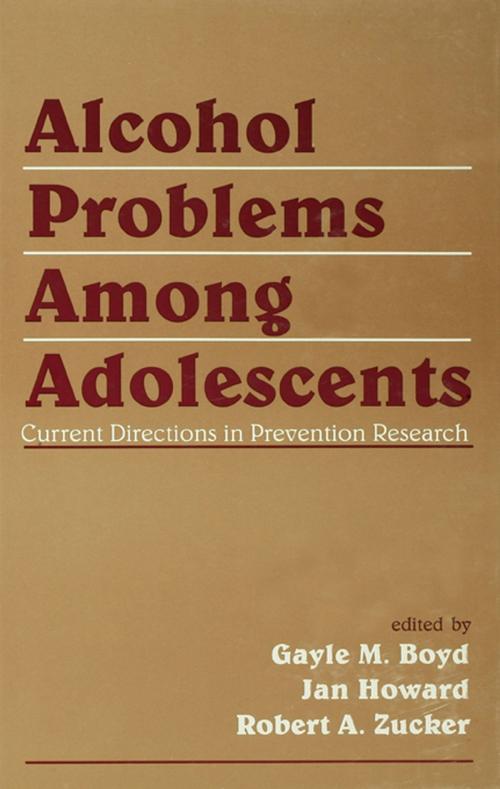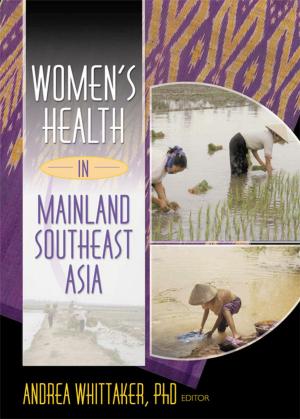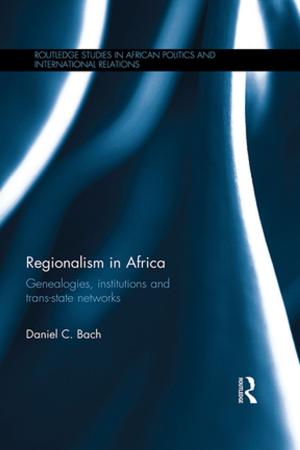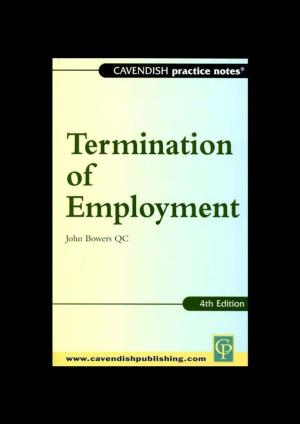Alcohol Problems Among Adolescents
Current Directions in Prevention Research
Nonfiction, Health & Well Being, Psychology, Child & Adolescent, Adolescent Psychology| Author: | ISBN: | 9781134793730 | |
| Publisher: | Taylor and Francis | Publication: | May 13, 2013 |
| Imprint: | Psychology Press | Language: | English |
| Author: | |
| ISBN: | 9781134793730 |
| Publisher: | Taylor and Francis |
| Publication: | May 13, 2013 |
| Imprint: | Psychology Press |
| Language: | English |
Alcohol misuse presents a major risk for health and well-being throughout the life-span, but youth have a special vulnerability. Alcohol is the most widely used drug by adolescents. For some, this may be one or two isolated occasions of youthful experimentation; for others, the use becomes excessive, placing them in danger of immediate adverse consequences such as accidental injury and alcohol poisoning, or encouraging other high-risk behavior patterns including unprotected sex. Moreover, a pattern of heavy drinking established in adolescence and young adulthood may continue into an adult pattern of alcohol abuse.
Concerned communities and institutions across the nation are tackling the problem of alcohol use and abuse by young people. Research-based knowledge is urgently needed to inform these efforts and to ensure that limited prevention resources are used as effectively as possible. The origins of youthful alcohol use and abuse are found within the complex interplay of individual characteristics, family and peer influences, the larger societal context for alcohol use, environmental conditions, and maturational processes that accompany adolescence.
This volume, which began as a special issue of the Journal of Research on Adolescence, contains all of the material from the journal issue plus additional chapters. It helps researchers to meet the tremendous challenge of disentangling the key determinants of risk, and developing effective interventions. Primary sources of influence on youthful alcohol use are described, ranging from individual expectancies about alcohol effects and cognitive decision processes to parenting practices, peer influences, social environments, and economic factors; and a corresponding range of prevention interventions is discussed. This book will serve as a primer to those with an interest in developing and improving effective programs and activities to reduce alcohol-related problems among young people. For those engaged in prevention research, the text will provide useful reviews and current findings that should aid in directing future research activities.
Alcohol misuse presents a major risk for health and well-being throughout the life-span, but youth have a special vulnerability. Alcohol is the most widely used drug by adolescents. For some, this may be one or two isolated occasions of youthful experimentation; for others, the use becomes excessive, placing them in danger of immediate adverse consequences such as accidental injury and alcohol poisoning, or encouraging other high-risk behavior patterns including unprotected sex. Moreover, a pattern of heavy drinking established in adolescence and young adulthood may continue into an adult pattern of alcohol abuse.
Concerned communities and institutions across the nation are tackling the problem of alcohol use and abuse by young people. Research-based knowledge is urgently needed to inform these efforts and to ensure that limited prevention resources are used as effectively as possible. The origins of youthful alcohol use and abuse are found within the complex interplay of individual characteristics, family and peer influences, the larger societal context for alcohol use, environmental conditions, and maturational processes that accompany adolescence.
This volume, which began as a special issue of the Journal of Research on Adolescence, contains all of the material from the journal issue plus additional chapters. It helps researchers to meet the tremendous challenge of disentangling the key determinants of risk, and developing effective interventions. Primary sources of influence on youthful alcohol use are described, ranging from individual expectancies about alcohol effects and cognitive decision processes to parenting practices, peer influences, social environments, and economic factors; and a corresponding range of prevention interventions is discussed. This book will serve as a primer to those with an interest in developing and improving effective programs and activities to reduce alcohol-related problems among young people. For those engaged in prevention research, the text will provide useful reviews and current findings that should aid in directing future research activities.















